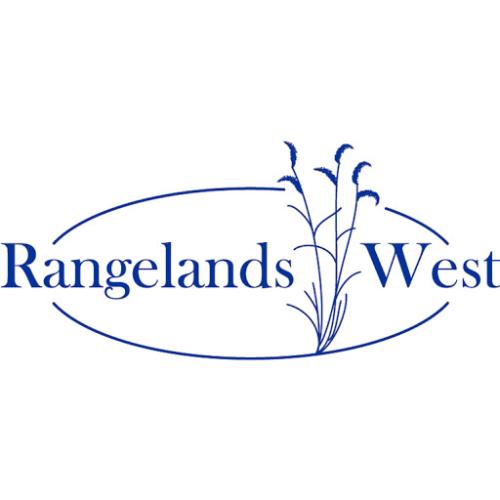Streambank wheatgrass is native to the northwestern United States and adjacent to Canada. Despite its name, it is not restricted to riparian sites, but has good drought tolerance. It is especially suitable for use in soil and water conservation work. Its dense, low-growing sod is highly resistant to erosion. The top growth is relatively short and fine-leaved, and requires a minimum of maintenance.
Streambank wheatgrass is used wherever a rapid-establishing, drought-tolerant ground cover is required, such as borrow pits, spoil banks, roadsides, pond and irrigation banks and airport surfaces. The seed germinates quickly and seedlings grow rapidly. The strong rhizomes spread rapidly to give complete erosion control in a short time, but it is not weedy like reed canarygrass in irrigation ditches or quackgrass in crop fields.
Little seed is produced from solid stands; so there is no danger of the grass spreading to irrigated cropland.
Streambank wheatgrass makes a permanent lawn for homes and playgrounds, and, when established, requires infrequent watering and minimum maintenance. It can also be used for parking areas and in machinery yards.(source introduction)

Articles, citations, reports, websites, and multimedia resources focused on rangeland ecology, management, restoration, and other issues on American rangelands.